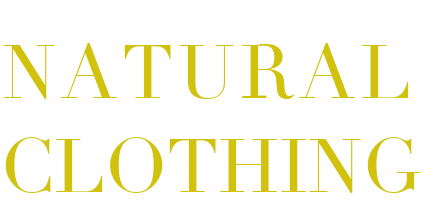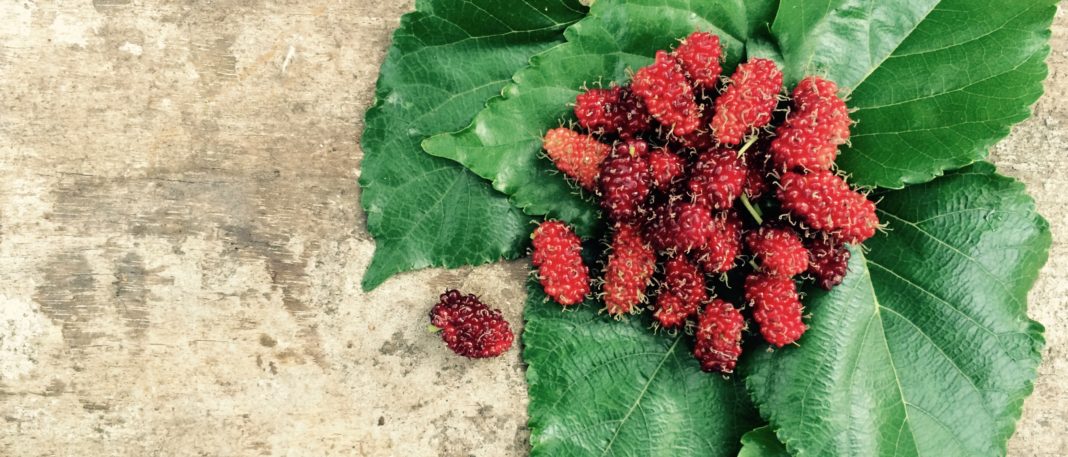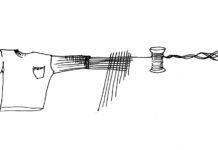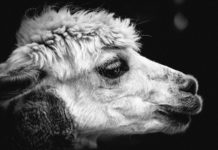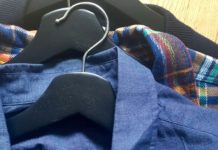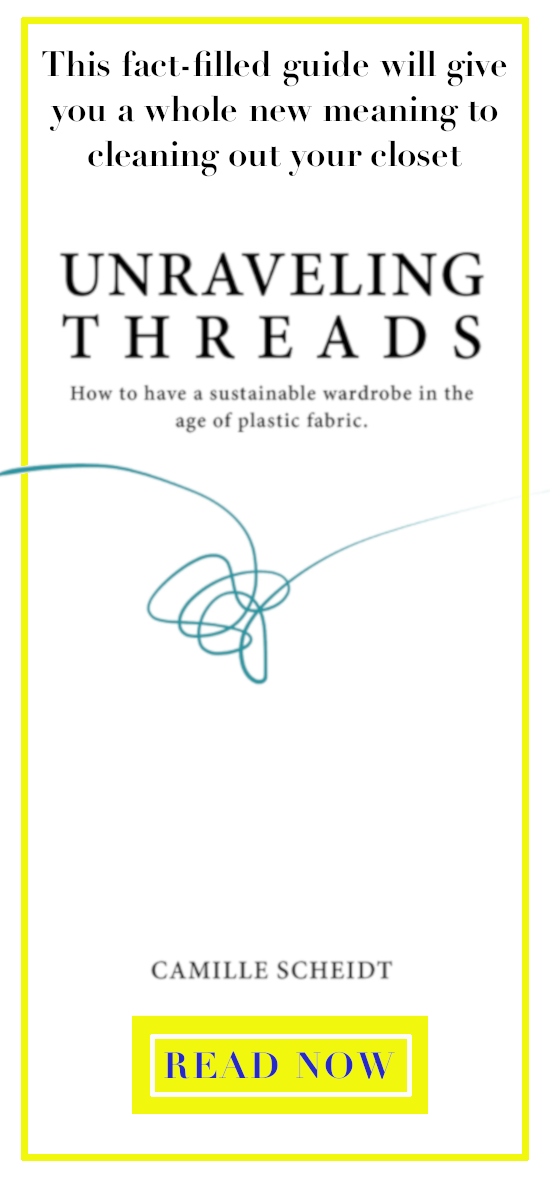Silk fabric is made from silk fiber. Silk fiber is a natural protein. Insect larvae produce the protein while building their cocoons. The larvae of the mulberry silkworm are the most popular silk producers. The mulberry silkworms are bred in captivity to produce silk used for textiles. The process of creating silk fabric is called sericulture. So let’s check it out.
sericulture – the process of harvesting & producing silk
The mulberry silkworms are cultivated with – you guessed it – mulberry leaves. The larvae eat and build their cocoons on the mulberry leaves. Once the larvae begin to pupate (their next developmental stage to develop from larvae to moths), they are dissolved in boiling water. Producers can then separate and pull long silk fibers to feed them individually to a spinning reel.

the properties of silk fabric
Silk has a natural sheen. This is attributed to the fact that silk fibers are triangular in cross-section. When light hits the fiber, it reflects from each of the flat surfaces.
In its fabric form, silk is smooth and soft, without being slippery. Many synthetic fabrics that try to imitate silk do have a slippery quality. Silk absorbs and releases moisture well and is one of the strongest natural fibers. However, it does not have good elasticity and weakens if exposed to prolonged sunlight. It can also leave you victim to static cling.
Silk fiber is also used to make chiffon, charmeuse, dupioni, noil, habutai, and crepe de chine. But be aware, many synthetic fibers are now used to make these fabrics on a lower budget.
Unfortunately, silk is a higher impact natural fiber. Since the fiber is produced by animals, the carbon and water footprint is higher than some other natural fibers.
Domesticated silk worms no longer exist in the wild. Their survival is completely dependent on their human cultivators.
what is peace silk?
Peace silk is silk that is harvested without harming or killing the silk worms. The silk cocoons are harvested in two ways. Either the fibers are harvested after the worms have matured into moths and hatched from their silky homes, or the cocoons are cut open shortly before the moths hatch. This latter method of harvesting peace silk avoids any contamination from the moth’s bio breaks. Peace silk is sometimes referred to Ahimsa silk or non-violent silk. Though this method of breeding and harvesting silk was developed relatively recently (researched in the 1990s and made more commercially available in the early 2000s), peace silk is already embraced by some major fashion houses, including one of our favorite sustainable designers Vivienne Westwood.
what is raw silk?
Raw silk is silk thread and fabric that still contains sericin, sometimes known as silk gum. Sericin is a gelatinous protein substance that is produced by the silkworm during the natural production of the cocoon. A cocoon is made of mostly the fibroin protein to provide structure and the sericin protein as a binder. Sericin also serves to protect the silk fibers. It is often not removed until the silk is ready to be dyed. The sericin is often removed (during the boiling process) to give the final product more luster and sheen. When the sericin is removed, the silk can lose up to 30% of its weight.
how to care for silk fabric
Don’t let silk intimidate you. When properly cleaned and cared for, silk items can last quite a long time as staples in your closet. As a protein, the process of cleaning silk is very similar to how you wash your own hair. For the full do’s and don’ts, check out our full article here.
looking for a vegan alternative to silk? try Cupro
The semi-synthetic fabric, Cupro, is a great vegan alternative to silk. Cupro is made from cotton linter – an otherwise discarded bit of the cotton plant. The feel of Cupro is soft and silky. In fact, it’s easy to mistake cupro for high quality silk. Cupro has a significant weight, offering an elegant drape without any static buildup. The care of Cupro is even easier than the hand – you can toss it in a warm (for light colors) or cold (for light or dark colors) gentle wash and line dry. Cupro is biodegradable and vegan friendly.
